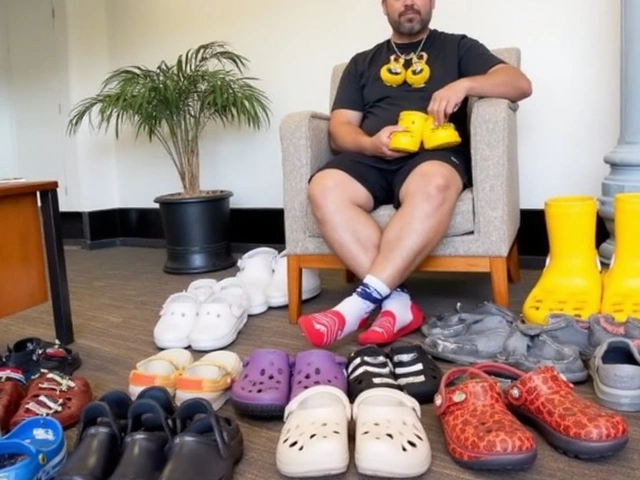Basketball Career: Insights, Paths & Challenges
When talking about basketball career, the full professional journey of a player from first dribble to retirement. Also known as a professional athlete, someone who earns a living by competing at high‑level sport, it demands skill, dedication, and strategic planning. A sports injury, any physical harm that can stall or end a playing stint is a constant risk, while post‑retirement transition, the move from playing to new roles after the final game shapes long‑term wellbeing.
Key Stages of a Basketball Career
The first phase starts in youth development programs where fundamentals are taught and early exposure builds confidence. College recruitment follows, offering scholarships that act as a bridge to the NBA draft or overseas contracts. Once drafted, a player enters the professional league, signing a rookie contract that often includes performance bonuses and endorsement clauses. Those who don’t secure a spot in the NBA may pursue careers in European or Asian leagues, where the game’s pace and style differ but still provide valuable experience. Each stage adds layers of skill, market value, and network connections, setting the stage for the next move.
Contract negotiation is another pivotal element. Agents help translate on‑court performance into salary figures, guaranteed money, and trade clauses. Understanding salary caps, free‑agency periods, and incentive structures empowers athletes to maximize earnings while protecting future security. Simultaneously, personal branding—social media presence, community outreach, and sponsorship deals—boosts a player’s marketability. A strong brand can offset income loss if injuries strike, as endorsements often survive the physical setbacks that halt playing time.
Injuries, however, remain the most unpredictable challenge. From ankle sprains to ACL tears, each injury triggers a cascade: medical treatment, rehab protocols, and potential loss of playing minutes. Effective injury management blends physiotherapy, nutrition, and mental health support. A well‑planned rehab schedule can shorten downtime and reduce re‑injury risk, while mental resilience programs help athletes stay focused during recovery. Teams that invest in comprehensive health teams see higher player longevity and better on‑court performance.
Life after the final buzzer opens a new chapter. Many former players shift into coaching, using years of tactical knowledge to guide younger talent. Others become broadcasters, turning game insight into commentary that fans crave. Entrepreneurship offers another avenue; launching training facilities, apparel lines, or tech startups leverages a player’s name recognition and network. Philanthropy—scholarship funds, youth camps, and community clinics—provides personal fulfillment and strengthens the sport’s grassroots. Planning these post‑playing options early, ideally during the active years, smooths the transition and ensures sustainable success.
Below you’ll find a collection of articles that dive deeper into each of these topics—draft strategies, injury prevention tips, contract negotiation basics, and post‑career pathways—giving you a practical roadmap for every phase of a basketball career.



